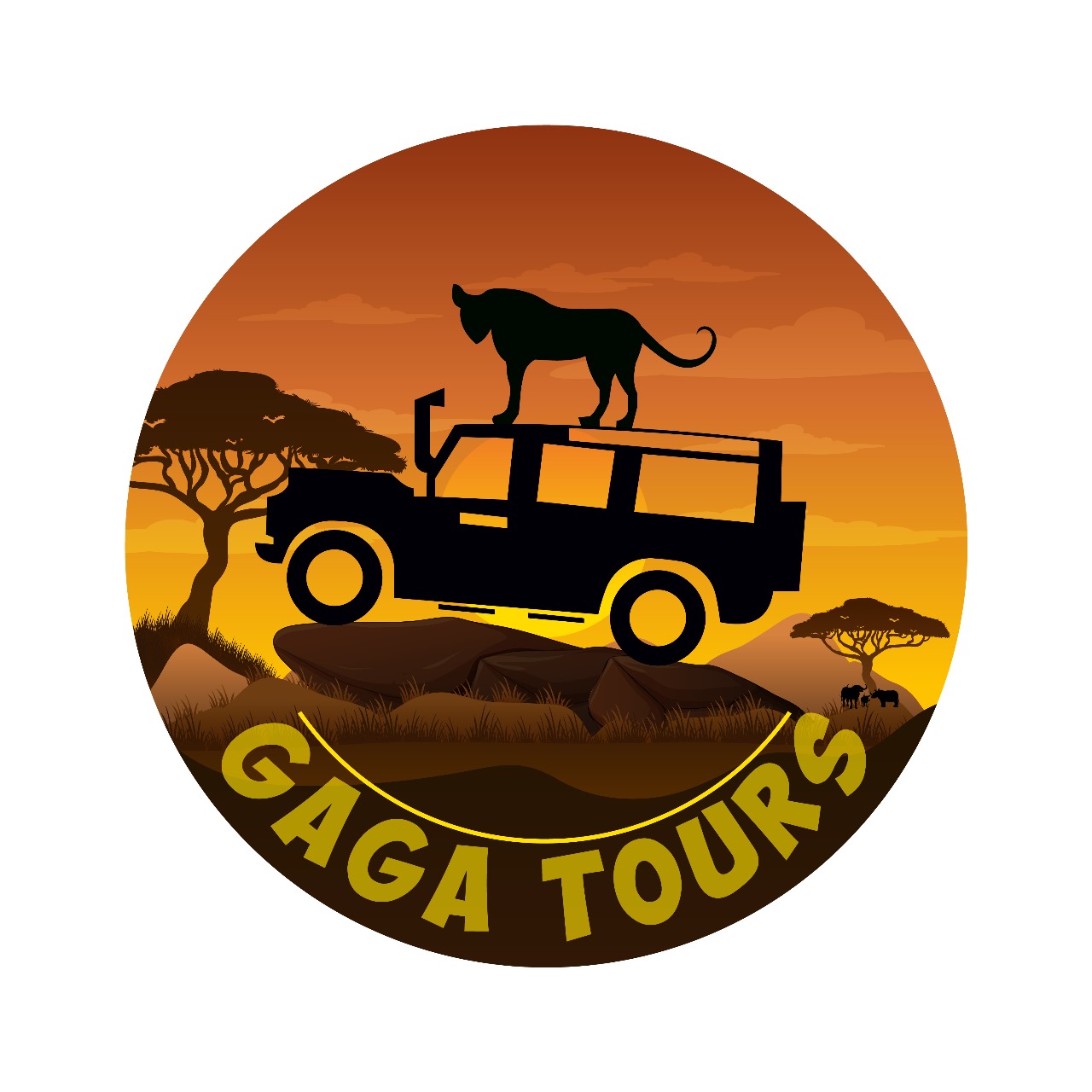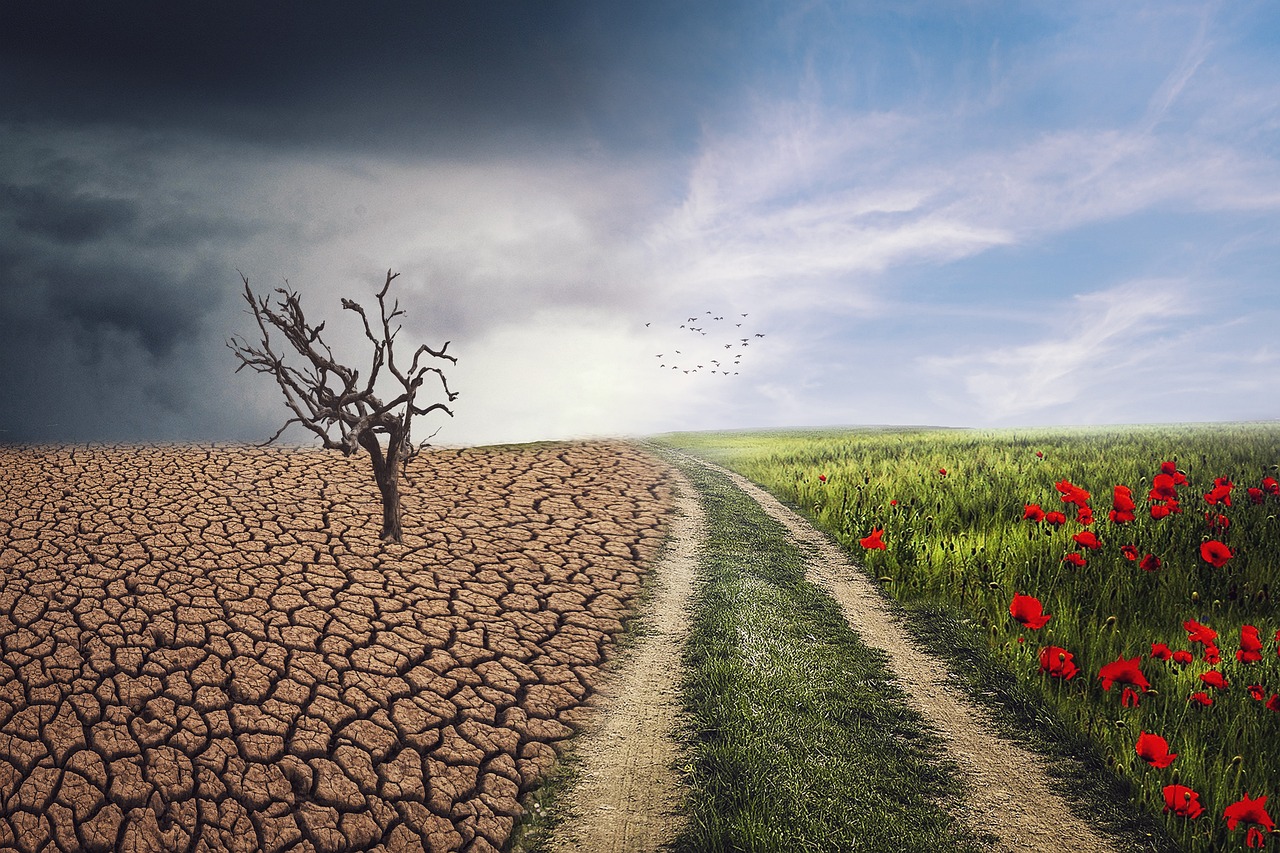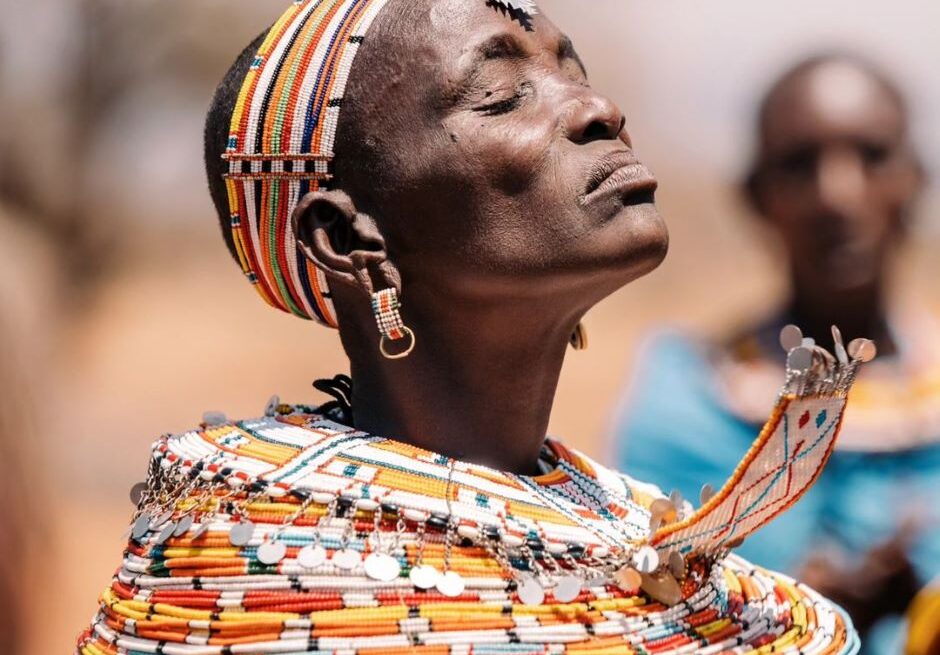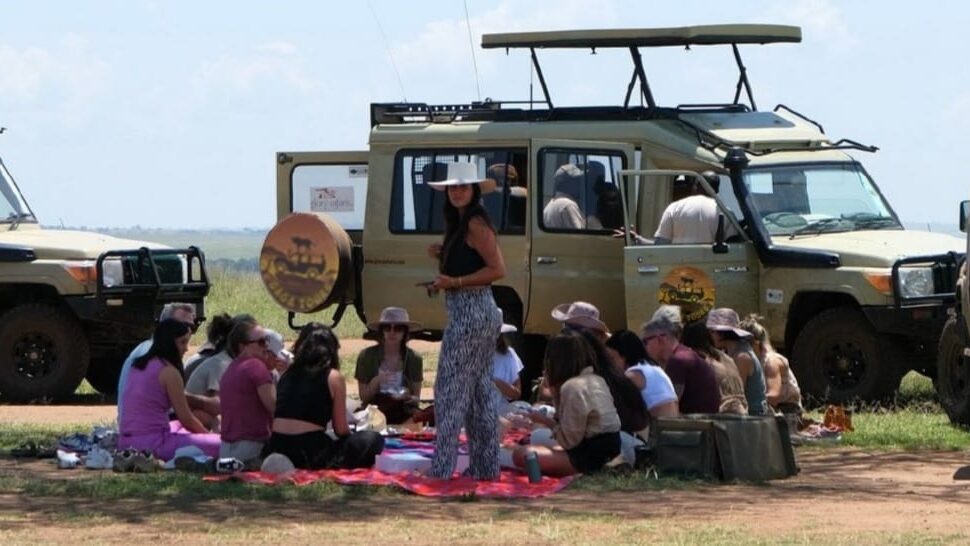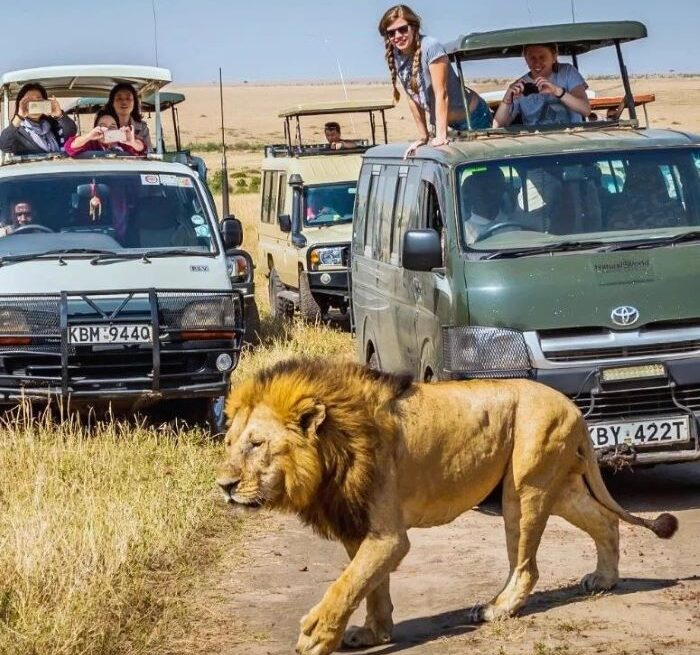Kenya, known for its rich wildlife, diverse landscapes, and iconic national parks, is one of the top safari destinations in the world. However, for those planning to visit, timing is everything. The best time to visit Kenya for a safari depends on several factors, including weather, wildlife activity, and the overall safari experience you’re seeking.
Whether you’re hoping to witness the Great Migration, catch a glimpse of the Big Five, or simply enjoy Kenya’s stunning landscapes in a more serene setting, understanding Kenya’s seasonal variations will help you plan a more successful and enjoyable safari.
In this guide, we’ll walk you through the best months to visit Kenya for a safari, highlight key wildlife events, and provide tips to help you choose the right time for your dream safari.
Kenya’s Climate and Seasons: What You Need to Know
Kenya’s weather is largely influenced by its proximity to the equator and its varied geography. From the coastal beaches of Mombasa to the bushland of the Maasai Mara, the weather can change significantly depending on where you are and the time of year. However, there are two main seasons to keep in mind when planning a safari:
- The Dry Season (June to October)
- The Wet Season (November to May)
Both seasons have distinct advantages, and depending on what you hope to experience, the timing of your visit can make a huge difference. Let’s break down each season to help you decide the best time to visit Kenya for your safari.
1. The Dry Season: June to October (Peak Safari Time)
Why It’s the Best Time for a Safari
The dry season is the most popular time for a safari in Kenya, and for good reason. During these months, the weather is sunny and warm, with little to no rain, making it perfect for game viewing and outdoor activities. This period also aligns with the Great Migration, which sees millions of wildebeest, zebras, and gazelles moving across the Maasai Mara from Serengeti National Park in Tanzania.
Key Highlights:
- Wildlife Visibility: During the dry season, wildlife gathers around waterholes, making it easier to spot animals. The lack of vegetation also improves visibility, as the bush is less dense.
- The Great Migration (July to September): If you want to witness one of nature’s greatest spectacles—the Great Migration—the best months to visit are from July to September. During this time, thousands of wildebeest and zebras cross the Mara River, often encountering crocodiles and other predators. This is the most sought-after wildlife event in Kenya.
- Comfortable Weather: The temperatures are typically warm but not oppressive, especially in the evenings when it cools down. This is ideal for comfortable game drives, nature walks, and bush dining experiences.
Best Locations for the Dry Season:
- Maasai Mara: The Mara is at its peak during the dry season, particularly with the arrival of the migration in the months of July to October.
- Amboseli National Park: Famous for its views of Mount Kilimanjaro, Amboseli is known for its large elephant herds and is easily accessible during the dry months.
- Tsavo National Park: One of the largest parks in Kenya, Tsavo’s dry season offers excellent opportunities to spot wildlife, especially elephants.
- Samburu National Reserve: This northern reserve is home to unique species such as the Grevy’s zebra and reticulated giraffe, and its wildlife viewing is optimal during the dry months.
What to Expect:
- Busy: Since this is the peak tourist season, crowds at major tourist spots like the Maasai Mara can be higher, and prices for accommodation may rise.
- Great Game Viewing: With animals concentrated around water sources, the dry season offers some of the best game-viewing opportunities in the year.
2. The Wet Season: November to May (Lower Crowds and Lush Landscapes)
Why It’s a Great Time for a Safari
While the wet season brings some rain, it also offers its own advantages, making it a perfect time for travelers who prefer fewer crowds and a more budget-friendly safari experience. The rainy months in Kenya are divided into two parts: long rains (March to May) and short rains (November to December).
Though not ideal for game drives in all areas, the wet season is excellent for specific types of safaris, particularly for those interested in seeing the country’s lush landscapes, birdlife, and more remote locations.
Key Highlights:
- Lush Green Landscapes: After the rains, Kenya’s parks and reserves transform into beautiful, green environments. This lush scenery is particularly photogenic and offers a more tranquil experience, with fewer tourists.
- Lower Prices: Since it’s off-peak season, accommodation rates drop, making it more affordable to visit Kenya. You can often get better deals on luxury safari lodges and camps.
- Birdwatching: The wet season is the best time to see migratory birds. Kenya is a birdwatcher’s paradise, and during the rains, you’ll spot colorful species such as flamingos, saddle-billed storks, and grey crowned cranes in the wetlands and lakes of Lake Nakuru and Lake Naivasha.
Best Locations for the Wet Season:
- Lake Nakuru National Park: A great option for birdwatching, particularly during the wet season when flocks of flamingos and other migratory birds arrive.
- Lake Naivasha: Ideal for boat rides and observing birdlife, especially during the short rains in November and December.
- Meru National Park: Known for its stunning landscapes and being less crowded, Meru offers a quieter safari experience during the rainy season.
- Southern Kenya (Tsavo East & West): These parks receive light rains and can still offer good wildlife viewing, especially elephants, rhinos, and big cats.
What to Expect:
- Less Wildlife Visibility: The rain encourages animals to roam more widely in search of food, so sightings might not be as easy as during the dry months. Vegetation is thicker, and animals are more dispersed.
- Rain Showers: Expect afternoon showers, especially in the long rains season, though rain typically doesn’t last long and doesn’t prevent game drives.
- Fewer Tourists: The parks are quieter, offering a more private and peaceful experience for visitors.
3. Should You Visit in the Shoulder Seasons?
The shoulder seasons (from January to February and October to November) are transitional periods between the wet and dry seasons. These months offer a combination of the best of both worlds: good weather for game viewing, fewer crowds than peak season, and often more affordable prices.
Why Visit During the Shoulder Seasons:
- Less Crowded: You’ll experience the parks without the peak-season crowds, making for a more intimate safari experience.
- Moderate Prices: Accommodation and safari packages are generally more affordable than during the high season.
- Great Wildlife Viewing: Animal sightings are still excellent during these months, and with moderate weather, it’s a good time for game drives and other safari activities.
Best Locations for the Shoulder Seasons:
- Maasai Mara: Though the migration may have ended by October, the Mara remains a fantastic safari destination throughout the year.
- Amboseli: This park is accessible year-round and offers excellent elephant viewing, especially in the shoulder months when the weather is warm but not too hot.
- Laikipia Plateau: A hidden gem that is ideal for a quieter, more remote safari experience.
The Best Time for Your Kenya Safari
The best time to visit Kenya for a safari depends largely on what kind of experience you’re seeking. Here’s a quick recap:
- Dry Season (June to October): Ideal for game viewing, the Great Migration, and generally the most popular time for tourists.
- Wet Season (November to May): A great time for birdwatching, lush green landscapes, and lower tourist numbers. However, game viewing can be trickier during the rainy months.
- Shoulder Seasons (January to February, October): Offers a good balance of affordable prices, great wildlife viewing, and fewer crowds.
Ultimately, your decision should be based on your preferences for wildlife, weather, and the type of safari experience you want. Whether you’re chasing the Great Migration or looking for a budget-friendly escape, Kenya’s diverse safari experiences are waiting for you year-round.
